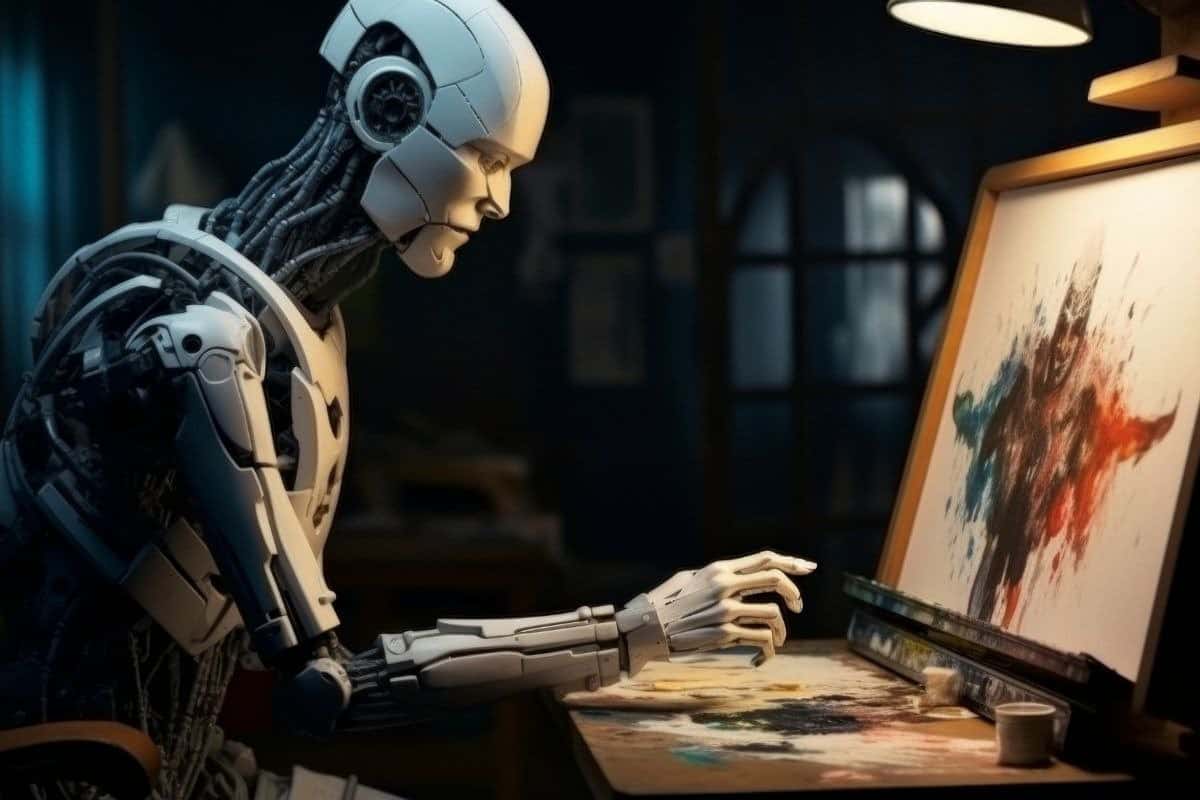A picture says a thousand words, but with an AI-created image, that statistics is probably higher.
Generative artificial intelligence technology has exploded in the past few years and this has led to a lot of creative services that write articles, create presentations and even better, create images— all with a single prompt.
These images have become increasingly popular for use across social media platforms and a lot of occupations.
In this guide, we’ll walk you through how to create an image with ai, even if you are new to the use of AI.
Step-by-Step: How to Create an AI Image
Many people wonder how do I use ai to create an image.
Well, here is a step-by-step guide on how to go about it.
Step 1: Choose an AI Image Generator
While the right AI image generator is dependent on your needs, budget and project, here are three AI tools that are best recommended for creators.
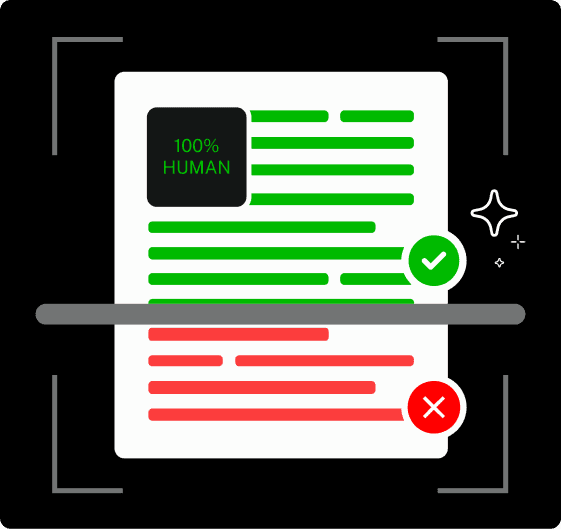
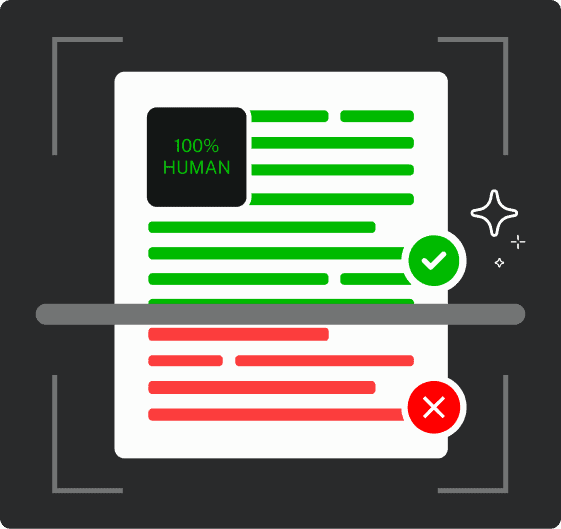
Never Worry About AI Detecting Your Texts Again. Undetectable AI Can Help You:
- Make your AI assisted writing appear human-like.
- Bypass all major AI detection tools with just one click.
- Use AI safely and confidently in school and work.
The first one is Dall-E3 by OpenAI. This tool boasts impressive prompt adherence, with an exceptional ability to handle prompts with ease.
It also has a conversational flow, which means you can follow its process and edit the image generated by typing in the chat window.
However, you might need a Chatgpt pro account to access this feature — which costs $20 a month.
If you are looking for a program with a free image generator feature, Photoroom is another one that works. It enables you to create social media ready product photos at a click of a button.
Photoroom also provides a range of editing options, from background removal to more complex edits. Unlike DALL-E, you can edit an already-created image and improve it.
Finally, if you are already an Adobe Creative Cloud user, you can play around with Adobe Firefly to get used to generating images on the tool.
Once you have picked your tool, create an account and make your way to the image generator feature of the tool.
Step 2: Write a Good Prompt
Every good AI generated image starts with a well-written prompt.
A perfect image needs a descriptive prompt that outlines the setting along with the scene content.
Include descriptive elements that portray sounds as well as textures, sights and emotions throughout when relevant.
Supply background information together with a possible story framework to enhance the depth of the image.
Any active action alongside the backdrop history plus the hidden relationship structure of screen characters constitutes viable parts of a context. Here is an example of a well-crafted AI prompt:
“Generate a photorealistic image of a serene ocean cove at dusk. The cove is surrounded by towering cliffs, with lush green vegetation spilling over the edges. A tranquil beach lies at the center, with gentle waves lapping at the shore. A sailboat glides across the calm waters, its sails reflecting the warm hues of the setting sun. A seagull flies overhead, silhouetted against the vibrant colors of the sky.”
However, if you are not satisfied with the image it generates, go ahead and retweak your prompt.
You can either make your prompt shorter or longer to get your desired result. Once you’ve got the best prompt, go ahead and generate your image.
Step 3: Generate Your Image
Proceed to image generation after you achieve satisfaction with your prompt. The majority of generators deliver their outcomes in periods varying from seconds to minutes through their system processing.
The total generation time varies according to the image complexity level as well as the capabilities maintained by the generator.
You should look at the initial outcome to modify your protocol by changing particular elements for an improved final result.
An iterative process lets you optimize your vision until you generate an outstanding image that exceeds your expectations.
The adaptable tool allows users to test multiple creative ideas while achieving a perfect artistic outcome.
This collaborative process between humans and machines fosters innovative and impressive results.
Step 4: Refine or Upscale the Image
Even with the best image generator, you are more likely to refine the image produced.
Depending on the generator used, you might have the ability to refine and use an AI image upscaler to enhance your image or request changes.
Be careful — don’t over refine your image. There’s only so much you can refine until the image becomes too artificial and inauthentic.
If your AI tool does not offer refining services, try tweaking your prompt rather than the picture.
That gives you a better chance of an excellent picture than editing existing images. Learning the nuances of AI image editing ensures better control over the final outcome after the AI tool creates the image.
Step 5: Download and Use Your AI Image
After the AI tool creates the image, you’ll see a “download” button. Click on it and your image gets automatically saved to your device.
Once that is done, go to your phone to find the photo. The image is usually stored in the downloads folder of your phone.
Rename the file to something more specific such as “ocean_picture.png” for easy access.
You are now ready to use the image for any of your social media posts, your blog posts or personal use.
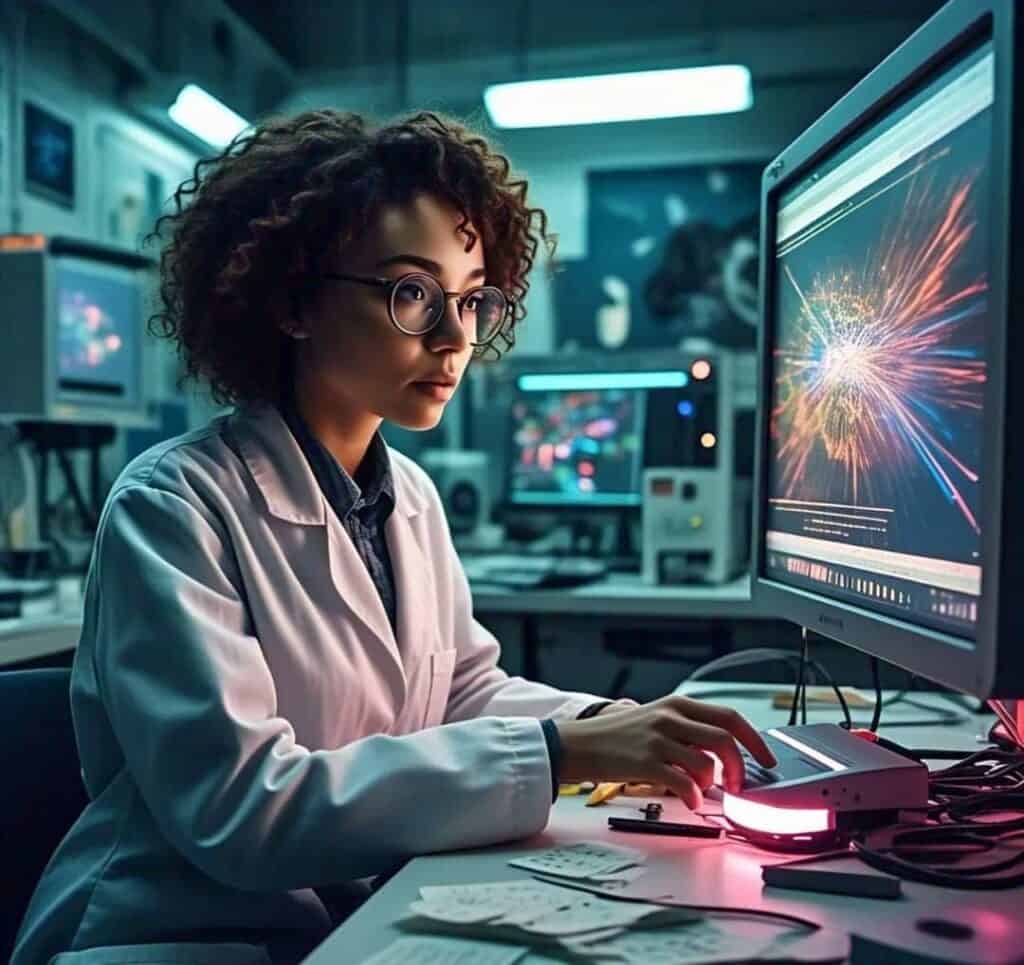
Tools You Can Use to Create AI Images
Here are some tools on how to use AI to create an image:
- DALL-E
DALL-E is a revolutionary AI image generator created by OpenAI which has made waves for its unique ability to generate exceptional images from word prompts.
It excels at creating original and surrealistic image output that both challenges and surprises the user.
Additionally, it has the ability to allow you generate a series of images for you to pick which one goes better with the word prompt.
DALL-E is an excellent image creator for images used in digital content, art and games. It can also be a critical tool for designers, marketers and game developers.
However, to get access to this image generator feature, you need to subscribe to the premium plan which costs $20/month.
- Midjourney
Midjourney is an AI-to-word prompt-to-image generator that has captured the minds of creatives with its unique ability to transform words into surreal and hyperrealistic images.
This platform operates in a similar version to DALL-E, but Midjourney distinguishes itself through the aesthetic appeal of its image output.
This aesthetic quality is due to the tool’s ability to understand and apply sophisticated design principles, such as shape arrangement, composition, and shading amongst others.
Users are also allowed to specify details in their prompts, allowing for a high degree of customization.
In order to access this tool, users need to login through their discord server as there is no standalone app or web app.
While this can be a good thing if you know your way around discord, it can be extremely complex for less technical people.
Once signed in, you need to subscribe to a payment plan of $10/month which gives you about 3 hours of generating time.
After subscribing, you can start to submit your image request to the Midjourney server bot using “/imagine” in front of your prompt.
- Adobe Firefly
This is a web app developed by Adobe Creative Cloud.
The image generator feature is seamlessly integrated within Adobe’s array of features, such as Illustrator, Photoshoot and Express.
This image generator is big on ethics as it trains its generator using stock and copyright free images.
Also, after downloading the image generated, Adobe notifies you that a “Content Credentials” will be applied to the image to let people know it was generated with AI.
Adobe Firefly uses a credit system where you lend credit for every image generated.
The free plan gives you 25 monthly credits while the premium gives you 100 monthly credits. If you need to buy more than that, then you’ll be buying the whole Creative Cloud suite.
- DreamStudio
DreamStudio is a web app that utilizes generative AI to create images through your text prompts.
The system provides a no-frills solution that works best for people who want uncomplicated methods of operation.
The process for image generation includes entering your prompt followed by style selection and desired image quantity before the generator automatically creates them.
Like Firefly, DreamStudio uses credits and they do not expire. However, in DreamStudio, you spend more credits if you choose a higher image resolution.
The less straightforward your image, the more credits you have to spend. The average cost for this tool is $10 per 1000 credits.
- FLUX
Flux is a new entrant in the Generative AI space, as it was recently launched in August 2024.
FLUX stands out for its open-source integration and cutting edge technology.
While many AI image generators are closed source, FLUX offers anyone the ability to explore, modify and use their system.
They have also partnered with NVIDIA, allowing for faster image generation with reduced memory requirements.
FLUX is available through API partnerships and accessible via platforms such as Together.ai, Falal.ai and Freepik.
Pricing is tailored to the cost of these platforms and directly through Black Forest Labs for enterprise use.
- Photoroom
This is an AI image generator used to assist entrepreneurs with product pictures. It helps you take professional looking pictures with your products in minutes without going to a studio.
Photoroom also provides a range of editing options, from basic adjustments to complex edits, serving as an effective photo enhancer for your images.. Unlike Midjourney and DALL-E, it’s not reliant on prompts.
You can upload your image and refine with it’s complete editor suite. Additionally, you can automatically resize an image to fit pre-existing dimensions.
This is particularly helpful if you are in e-commerce and want to host your products in places like Esty, Amazon, eBay or Shopify.
While Photoroom has a free plan that gives you access to the Retouch too, the pro plan is $9.99/month.
How to Tell If an Image Is AI-Generated
Modern AI image generation techniques have reached such advanced levels that authentic photograph identification has become exceptionally challenging.
A visual inconsistency that includes texture, lighting patterns and shading elements throughout an image can indicate AI generation.
AI-generated images contain fewer natural flaws and precise elements which naturally occur in genuine photographs.
Identifying the creation software through image metadata helps determine whether the image was produced by artificial intelligence.
To verify the authenticity of an image you may use our AI Image Detector.
Through complex analytical processes, this detection tool evaluates images to determine if they have AI artificial intelligence origin.
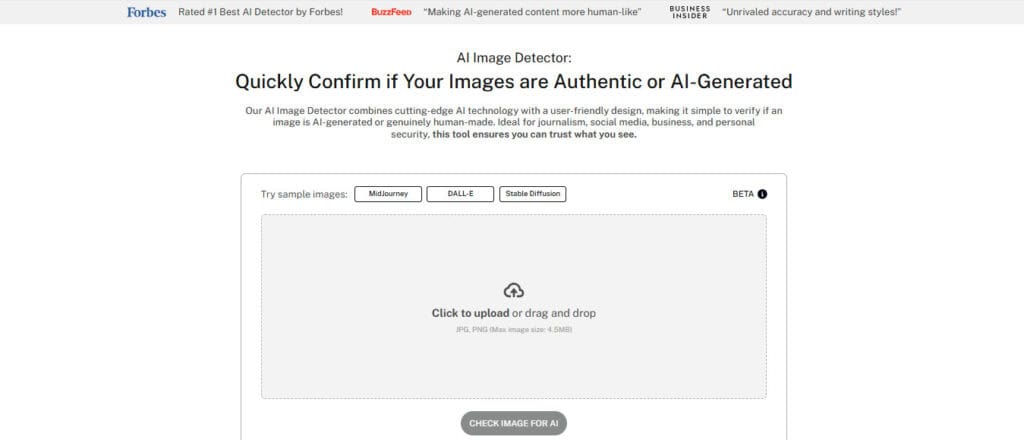
With the AI Image Detector, you can quickly and easily confirm the authenticity of any image, providing you with peace of mind and confidence in the media you consume.
TruthScan’s AI Image Detector: For Ethical and Authentic AI Creation
For professionals and creators who prioritize transparency, TruthScan’s AI Image Detector offers enterprise-grade analysis to verify whether visuals are synthetic or manipulated.

It scans for AI-generation traces, compositional edits, and metadata anomalies, helping brands, educators, and journalists ensure the visuals they share meet ethical and authenticity standards.
Using TruthScan alongside image generators supports responsible AI use and preserves audience trust.
Don’t miss the chance to explore our AI Detector and Humanizer in the widget below!
FAQs About Creating AI Images
Do I Need Coding Or Design Skills To Make AI Images?
Creating AI images does not require either coding expertise or design abilities from users.
AI image generators enable users to work within easy-to-use interfaces that provide both text prompt entry options and adjustable settings for image generation.
Are AI-generated Images Free To Use?
Users can utilize AI-generated images without charge for both personal and non-commercial use scenarios.
The rights for AI tools and platform-specific use vary according to each specific tool or platform.
Can I Sell AI-generated Images?
Yes, AI-generated images can be sold. However, it’s essential to check the licensing terms of the AI tool used to create the image.
Some platforms may have restrictions on commercial use or require royalties.
What’s The Best Tool for Beginners?
The beginner’s best tool depends on their financial capacity along with what they need from the tool.
Midjourney DALL-E and Stable Diffusion prove to be the best choices for beginners because they provide great outcomes alongside intuitive interfaces.
Those with limited funds should evaluate the design capabilities of Canva and the art creation features of Prisma.
Conclusion
AI image generators are powerful tools that make it easier for anyone looking to create stunning visuals regardless of their artistic background.
Whether you are a creative or a filmmaker, these tools can help turn your dreams into reality in no time.
Additionally, if you are trying to find out the authenticity of an image; worry no further — sign up to Undetectable today and increase the confidence in the media you consume.
